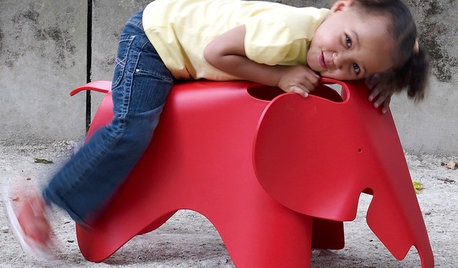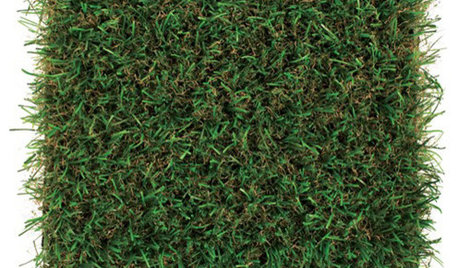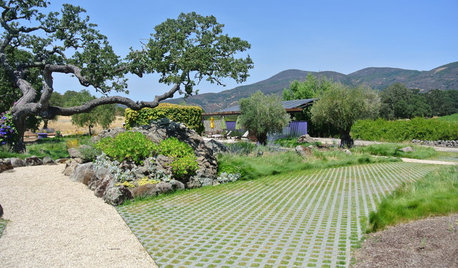Eco friendly pest control
dahlitsa
16 years ago
Related Stories

ACCESSORIES40 Design-Friendly Gifts for Modern Kids
Houzz Gift Guide 2010: Gifts to Inspire Feel-Good Fun, Creativity, and Even Clutter Control
Full Story
GREEN DECORATINGBamboo Products — Earth Friend or Foe?
The ecofriendliness of this grass for flooring, wall coverings and furniture isn't cut and dried. Get the facts here
Full Story
DECORATING GUIDESJust In: 10 New Things to Make Eco-Living Easier
Finds from The 2011 West Coast Green Conference
Full Story
LANDSCAPE DESIGNKoi Find Friendly Shores in Any Garden Style
A pond full of colorful koi can be a delightful addition to just about any landscape or garden
Full Story
PETSA Romp Through Pet-Friendly Materials
Deceptively durable, these stylish flooring materials and fabrics let you give Fluffy the run of the house
Full Story
GREEN BUILDINGThe Big Freeze: Inventors Break New Ground to Keep Things Cool
Old-fashioned fridges can be energy guzzlers, but there are more eco-friendly ways of keeping food fresh, as these global innovations show
Full Story
ARCHITECTUREBuilding Green: How to Plan Your Site for Healthier Living
Learn the many ways to create a more eco-friendly environment on your land
Full Story
CONCRETEWhy Concrete Wants to Crack
We look at the reasons concrete has a tendency to crack — and what you can do to help control it
Full Story
INSPIRING GARDENSFrom Concrete Lot to Gracious Organic Garden in Seattle
Plants, pests and even weeds have a place in this landscape, which offers an edible bounty and a feast for the eyes
Full Story
EDIBLE GARDENSGarden BFFs? Why Your Vegetables Are Begging for Companion Plants
Foster friendships among plants for protection from pests, pollination support and color camaraderie
Full StoryMore Discussions







rhizo_1 (North AL) zone 7
Kimmsr
Related Professionals
Medford Landscape Contractors · Tempe Landscape Contractors · Avocado Heights Landscape Contractors · Barrington Landscape Contractors · Broadlands Landscape Contractors · Cordele Landscape Contractors · Firestone Landscape Contractors · Golden Landscape Contractors · La Verne Landscape Contractors · Plainview Landscape Contractors · Saint Paul Landscape Contractors · Wickliffe Landscape Contractors · Reisterstown Landscape Contractors · Long Branch Swimming Pool Builders · Missouri City Swimming Pool Builderssharpshin
louisianagal
Kimmsr
sharpshin
Kimmsr
rhizo_1 (North AL) zone 7
Kimmsr